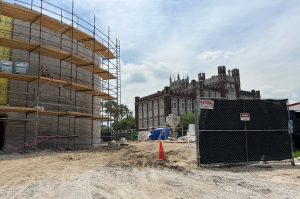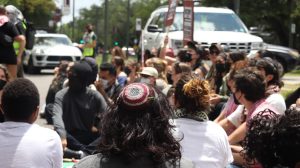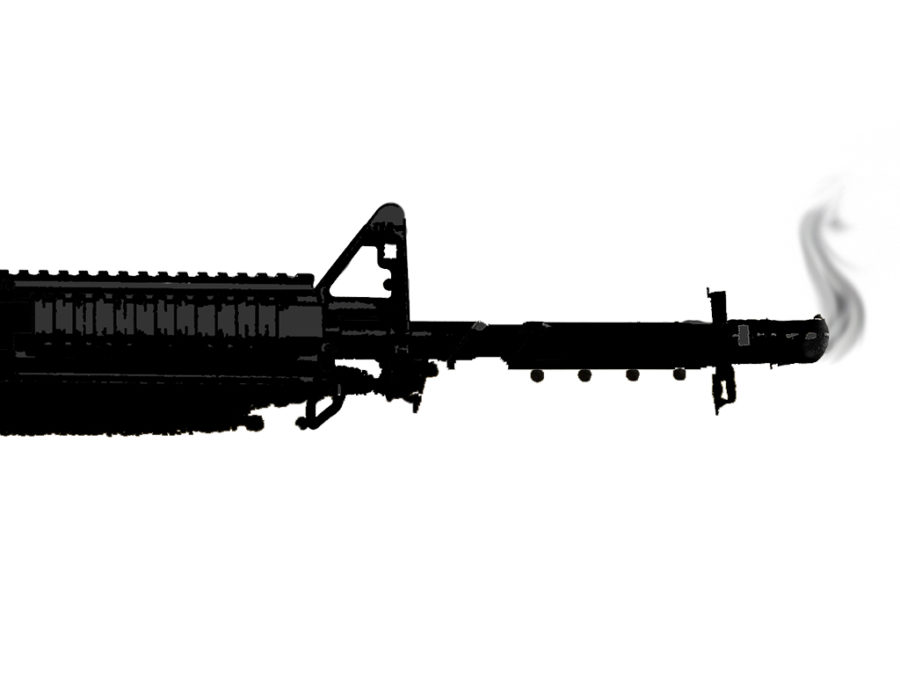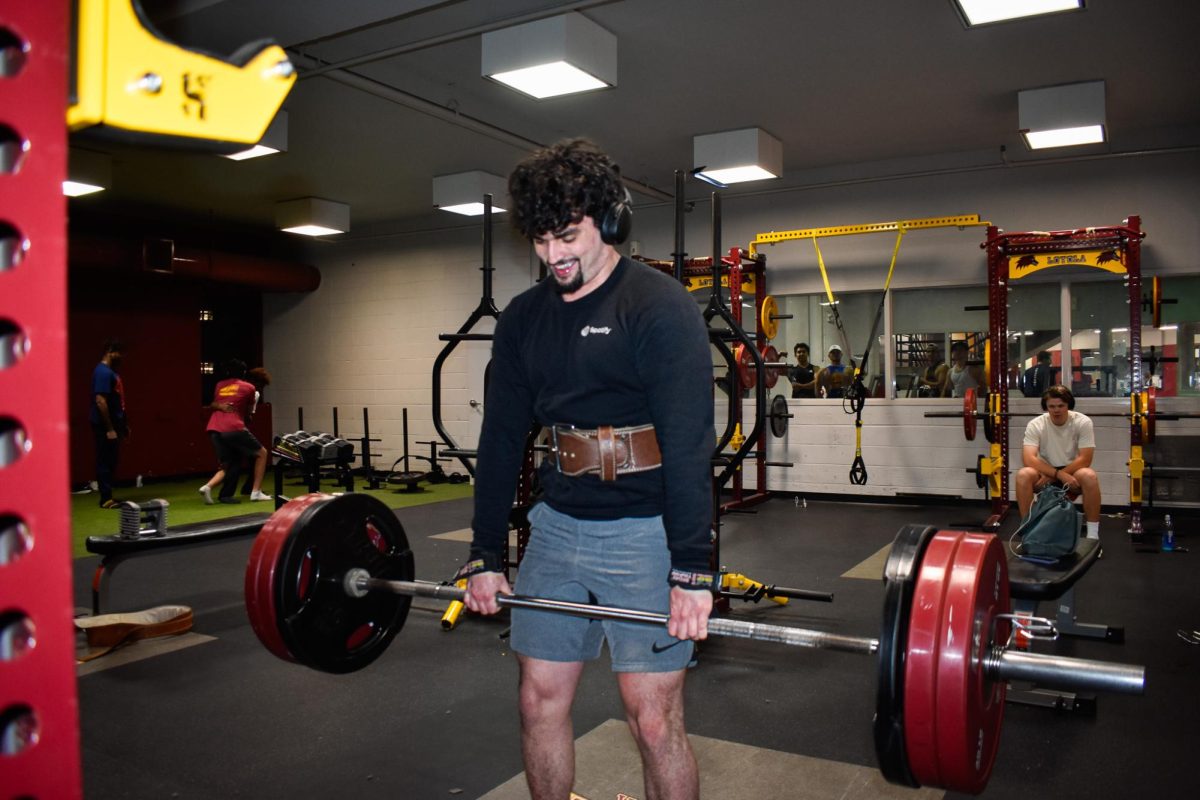Considering that I do go to a Jesuit school, and its ideals have definitely emulated in my convictions, I thought that it only be necessary to convey these ideals through my life – fitness and exercise. The next seven columns I write will address an aspect of fitness and health and then communicate that as a life principle that I have been able to take from this Jesuit education.
There are seven aspects of fitness that I address with my training, the people I train with and classes I teach with what I have internalized from studying and working in the fields of exercise science, fitness and athletic strength and conditioning. They are movement preparation, “pre”habilitation, balance, elasticity, strength, explosive cardio endurance and regeneration.
A recent study found the previous methods of stretching before warming-up outdated, instead finding a warm-up followed by a stretch beneficial. “Movement preparation” is the warm-up routine that has substituted the conventional pre-exercise stretch.
It boosts heart rate, pushes blood flow to the muscles, raises core temperature and improves the nervous system. Consistency in movement preparation for simple to intense workouts shows considerable progression in mobility, flexibility, stability and an increase of speed and power output in comparison to static stretching before movement. The key to this is consistency every time you work out.
Rather than static holds in your muscle with stretching, movement prep will contract your muscles by triggering them: squeeze and clinch. For example, squeeze your left glute cheek, then right. Pretty simple, huh? Yet most people, even active athletes rarely activate their glutes. Instead most of our time is spent sitting on our glutes which causes the muscle opposite them, the hip flexors, to become tight and inactive. In exercise science, this relationship is called “reciprocal inhibition” – basically, when one muscle group contracts, the opposite in movement relaxes.
Therefore, just as deficiency of physical movement is the prime enemy to the body, a lack of movement and development in other areas is the main obstacle to a fulfilling life. We all have skills we need to stimulate and use everyday; otherwise we lose them. We also assume multiple roles as a son, a parent, sibling, friend, etc, and must nurture these relationships everyday – we can’t take them for granted. You must be proactive with everything you do.












